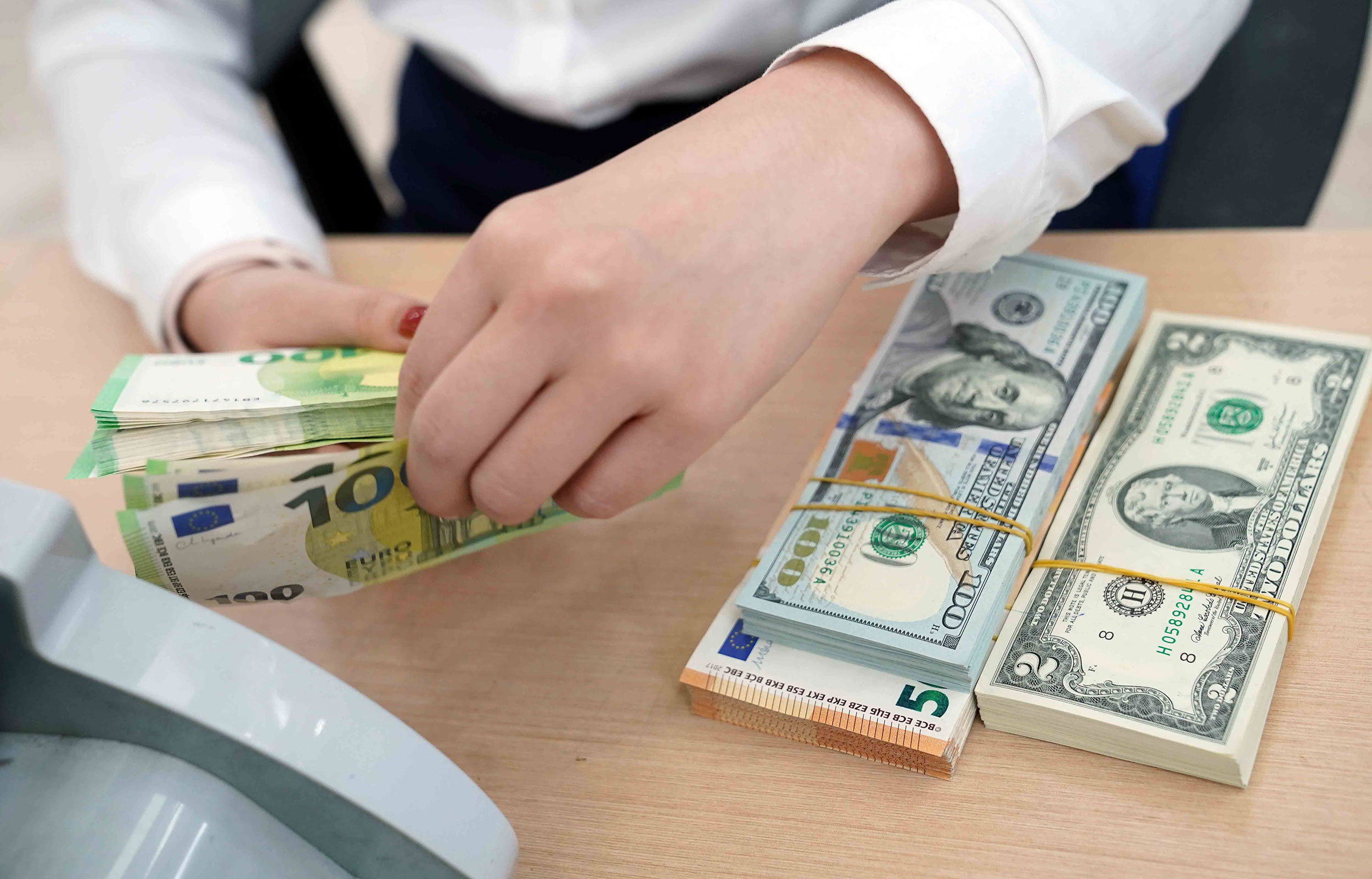What rate profile helps the US dollar?
The comments by Fed Chair Powell last week and those of other Fed members tend to suggest that the bank wants to reduce the size of rate hikes starting next month but accepts that rates could rise to higher levels than previously expected and stay there for longer. Is this a better or worse profile for the dollar?

The market has interpreted the comments by Fed Chair Powell last week as negative for the US dollar.
>> How will the US dollar trade next year?
The market has initially interpreted it as negative for the US dollar, but that’s probably because markets are short-sighted and tend to focus more on the idea of a smaller rate hike in December than the prospect of higher rates for longer.
However, in Mr. Steve Barrow, Head of Standard Bank G10 Strategy’s view, even if you focus more on the "higher for longer" part of the story, it is still negative for the US dollar. This might seem a little odd at first glance. After all, if we evoke the economists’ customary—but invalid—ceteris paribus assumption (that all else is equal) with respect to policy at other central banks, then surely the idea of higher US rates for longer should lift the dollar, not lower it?
But even leaving aside the fact that other central banks might do the same as the Fed and leave rate differentials reasonably static, there is another reason why the Fed’s course of action should weaken the US dollar. Perhaps the best way to show this is to look at the opposite profile, namely one in which the Fed hikes rates even faster now but keeps them high for a much shorter period of time, presumably because the policy crashes the economy and crashes asset prices.
Anyone looking at this scenario would expect the dollar to soar, not just as the Fed hikes dramatically but also—and probably even more so—during the period when the economy and asset prices crash and the Fed has to slash rates. The periods when the dollar rises the quickest are when the Fed is actually slashing rates, not lifting them. This is because economic and asset price gloom are at their height, just like in the early months of 2020 when COVID broke or in the late months of 2008 after Lehman Brothers collapsed.
What Powell is saying now is that he does not want this scenario; he does not want to "crash the economy." The Fed Chair should not have to spell this out. "But if he is putting forward a monetary policy strategy that is designed to soft-land the economy, with more modest rate hikes now and a higher-for-longer projection for rates going forward, then this should weaken the dollar provided the Fed is able to pull off this delicate balancing act," said Mr. Steve Barrow.
>> Is the US dollar’s rise a speculative bubble?
There are many that say the Fed won’t be able to do this; that the economy will crash no matter how soft the Fed goes from here; asset prices will still plummet; and the dollar will get its mojo back. This is very possible. The landing strip for the Fed does seem very narrow, and, while Powell claims that it is still possible to achieve a soft landing, he’s clearly not confident, and the market is sceptical as well. Those investors that want to bet on the hard landing scenario will clearly see the recent rally in risk assets and slide in the dollar as perfect opportunities to open counter-trend trades as they look for asset prices to slump and the dollar to soar.
Would we be advising such a strategy right now? Probably not. Mr. Steve Barrow said there would be a bit more momentum left in these risk-recovery trades. The key, as we know, will be inflation data. This will be the judge and jury on Fed tightening, economic salvation, and asset price performance.
The next CPI release on December 13th, which is the day before the FOMC reveals its next policy decision, will be absolutely crucial. It might be early days yet, but forecasts for core CPI have started to center on a 0.3% rise, the same as the lower-than-expected figure for October that got the markets all excited. Clearly this could change, but if the market does go into the December 13th release with this in mind, we’d just be a bit wary that forecasts could be pitched too low and so suck some of the optimism we have seen recently out of the market.








